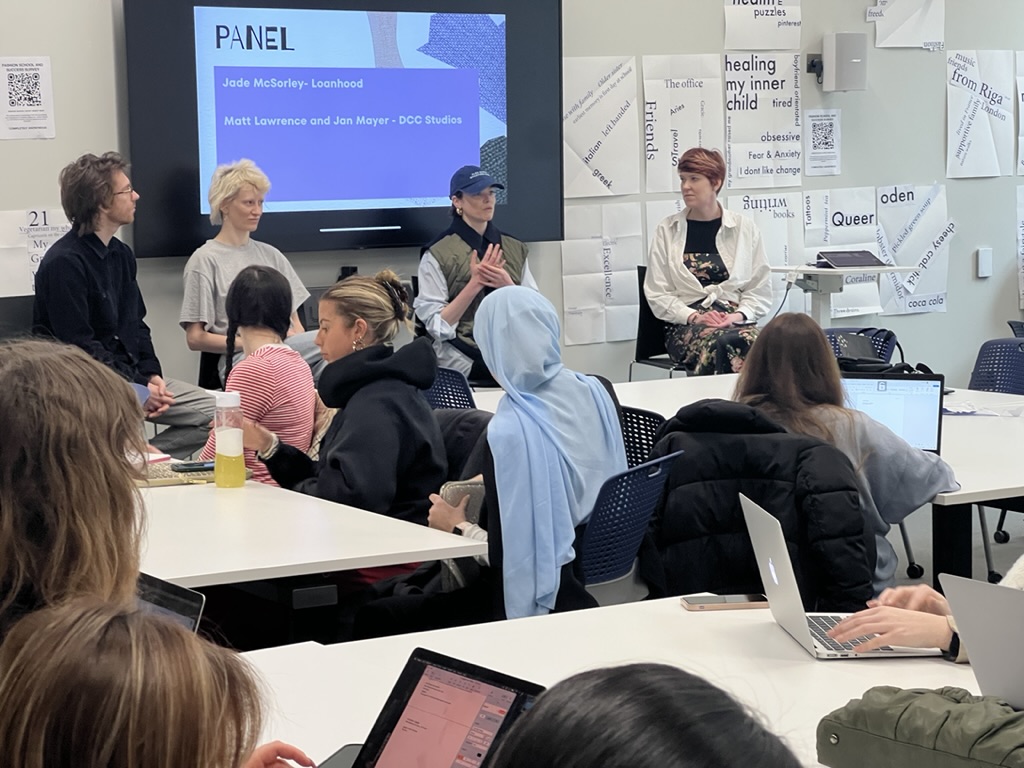“If you don’t stand for something, you will fall for everything”
– Alexander Hamilton
Intersectionality, a term coined by Kimberlé Crenshaw, provides a crucial lens through which we can understand the multifaceted nature of identity. The subject of this blog is the aspect of faith within the framework of identity.
Understanding how faith intersects with other identity factors can offer deeper insights into the complex realities our students navigate daily.
Faith and race are deeply intertwined in many communities. For example, African American Christianity has been a source of both solace and resistance against systemic racism in the United States. Historically, Black churches have provided not just spiritual support but also social and political leadership, fostering a sense of community and resilience. This intersection of faith and race thus creates a distinctive identity where spiritual beliefs are inextricably linked with the struggle for racial justice and equality. In contrast, every slave plantation contained a Christian church where slaves were forced to attend every Sunday, in their ‘Sunday Best’. The churches, during this period, benefitted greatly from slavery. An excerpt from the NBC News website written in 2022, quotes:
“While Baptists in the South played the most vocal role in defending the institution of slavery before the Civil War, other denominations — including the Presbyterian Church, the Episcopal Church, the Lutheran Church and the Catholic Church — and other religious educational institutions all benefited from enslaved labor in some way. Whether it was members of the clergy or the churches themselves owning enslaved people, or the churches receiving taxes from congregants in the form of tobacco farmed by enslaved people, the wealth of the churches was deeply intertwined with the slave trade.”

However, this intersection can also result in unique forms of discrimination. For instance, as the article written by Haifaa Jawad states:
“The ‘Accept and Respect’ statement says: ‘Islam is an enabling religion that endorses women’s participation in physical activity.’ ¹
In order to arrive at that statement, it is important to see the view of the faith, the role of gender relations in Islam, and the effects on Muslim women and girls’ participation in the field of physical activity, because of the relative invisibility of Muslim women in major sporting competitions. This is due partly to social, political, economic, and educational factors”
I personally respect anyone’s faith, and this is borne of my own intersectionality of a black male 2nd generation immigrant born in the UK who separates the view of faith and religion. Faith is belief (which I feel everyone should have, even in a basic good vs evil perspective) whereas my personal reflection of religion is that it has been twisted into a man-made construct used to force a particular point of view
In Kwame Appiah’s Ted talk, he quotes the Dalai Lama as not believing in God, but also references his own Ghanaian upbringing and its mix of tradition and modern society as well as his own definition of a religious ‘matrix’, used to determine what are ‘true religions or not’
Analyzing faith through the lens of intersectionality reveals that religious identity cannot be understood in isolation from other aspects of identity.
In Jaclyn Rekis article – Religious Identity and Epistemic Injustice: An Intersectional Account – she asks the question:
‘how might the understanding and expression of religious knowledge depend on whatother points of difference one occupies, and how those identities shape one’s actual or perceived credibility? Might intersecting identities amplify undue burden in cases where expression of religious testimony is already challenging, as it seems to be in nonreligious spaces?’

She uses the example Sojourner Truth, the female, black, Christian abolitionist, to illustrate including faith in intersectionality. She is quoted stating
‘When we describe testimonies as narratives that focus only on race, or gender, particularly testimonies that also comment on issues of social justice, we miss what diverse perspectives can tell us about the religion that gives meaning to these social identities.’

Within my own teaching practise, I recognise my student’s faith and reflect the diversity of the student body in my teaching styles and methods. As noted in the video on “Challenging Race, Religion, and Stereotypes in Classroom” We analyse messages and delivery, rooting out dog whistles and rhetoric, especially in our study of journalism and the factual responsibility it carries.
Kimberlé Crenshaw’s theory of intersectionality underscores the importance of examining the interconnectedness of various identity factors. Faith, as a significant aspect of identity, interacts with race, gender, and socioeconomic status in complex ways. Recognizing these intersections allows for a more nuanced understanding of individual experiences and highlights the need for inclusive practices that acknowledge and address these multifaceted identities.
2 responses to “Intersectionality and Faith”
-

I enjoyed your post Intersectionality and Faith, and found your paragraph around the function of Black churches, as both historically supportive and violent, fascinating and resonant. I was reminded of an artwork I saw at Gasworks in 2022 by artist and filmmaker Ufuoma Essi:
https://www.gasworks.org.uk/exhibitions/ufuoma-essi-is-my-living-in-vain/
Ufuoma Essi: Is My Living in Vain | Exhibitions | Gasworks
[Ufuoma Essi’s new film commission is a meditation on the emancipatory potential of the Black church as a space of belonging, affirmation and community organising.
http://www.gasworks.org.uk]In this work Essi creates a filmic portrait of the Black church at the centre of community organising. The film itself was shown in an installation where the audience sat on church pews, situating us in a place of worship. For me this resulted in a sense of being both inside and outside of the subject matter of the work. I reflect on this now, and on your post, and think about the act of thinking critically (as we are asked to do here), as taking up a position between things, of being objective, with empathy, as Kwame Appiah’s talk demonstrates.
In the first image in your blog post I find the tear or divide between the two drawings incredibly powerful, as well as the sense of overlay, that it is important to think about the specific contexts of religion and how we receive our knowledge.
I have a complex relationship with religion (Catholicism) and I have recently made a film diving into my own family history. However, I am mindful not to bring my own relationship with religion into the classroom, and I wholeheartedly agree with you when you write Faith is belief. I find that working in an art school, there are numerous ways in which belief is represented and explored, and often these are non-verbal explorations and interrogations. Sometimes these artworks are a springboard for conversation about faith and sometimes not, or not yet…
-

Thanks Kiera, Ufuoma Essi’s piece linking the church & community experience in Philadelphia and her upbringing in South East London across the Atlantic seemed like a really interesting narrative!
I would love the opportunity to see your film!

Leave a Reply to Emil Collins Cancel reply